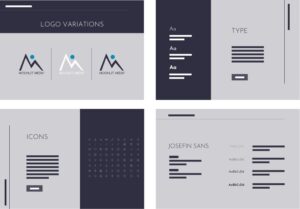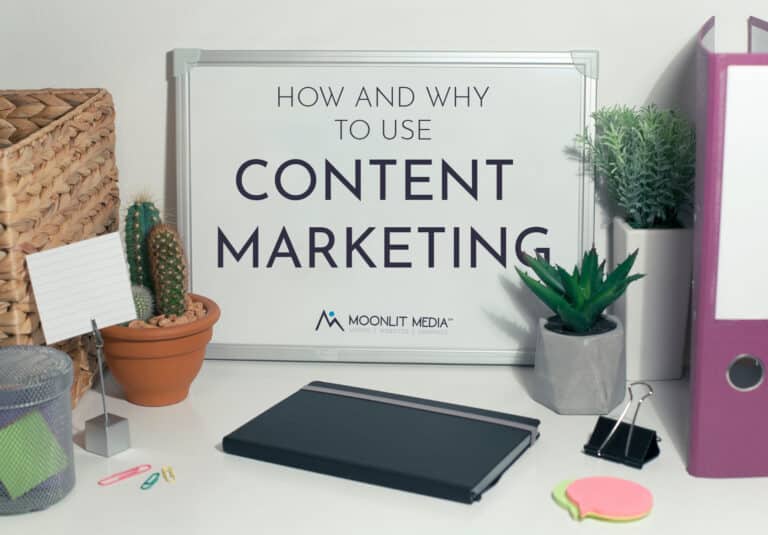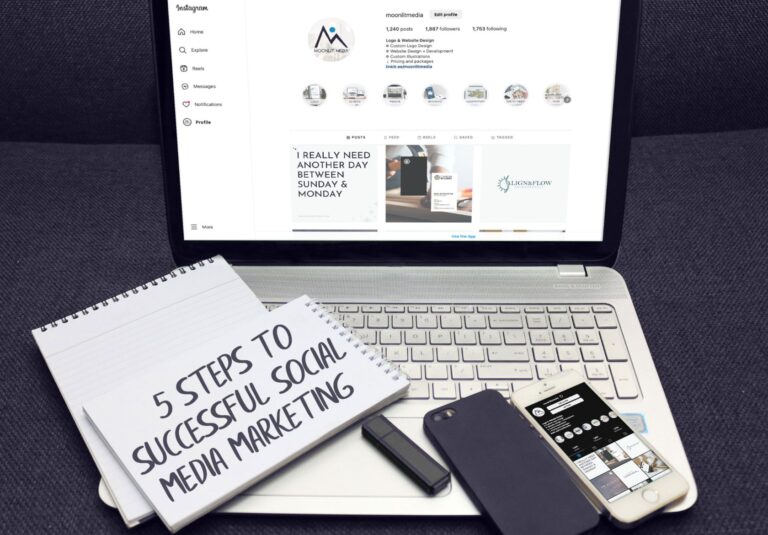For custom home builders, a website is a sales tool that works 24/7 to connect with potential clients. But here’s the catch—most builders treat their sites like digital brochures instead of lead-generating machines.
Your next client isn’t walking through your office door. They’re landing on your home page.
Yes, stunning photos and slick design matter (and you should showcase your work). But if your site doesn’t actually turn visitors into real leads, it’s not doing its job.
Ready to change that? Let’s talk about the three big keys to turning casual browsers into serious inquiries: calls-to-action, forms, and follow-ups.

Craft Calls-to-Action That Move People to Click
Imagine a potential client lands on your website, ready to build their dream home. They’re impressed by your portfolio, but then they see… nothing. No instructions on what to do next. When this happens, the visitor leaves and becomes a missed opportunity.
Every page on your website should have one job: get your visitor to take the next step.
Your website needs clear and compelling Calls-to-Action (CTAs) on every page, guiding users on their next step. Strong CTAs don’t just say “Contact Us,” they inspire action and make the next step feel easy and worthwhile. Try language like:
- “Schedule a Free Design Consultation”
- “View Our Custom Home Gallery”
- “Tell Us About Your Dream Home”
These CTAs work because they’re action-oriented and benefit-driven. They tell users why they should connect with you and help them envision what they’ll get in return.
Placement of your CTAs matters, too. Make sure they’re placed:
- Above the fold: Users should see a CTA immediately upon landing on the page.
- Mid-scroll: Insert CTAs naturally within your content to keep the momentum going.
- After content: Once users have absorbed the information, give them a clear next step to act on.
Use Smart, Simple Forms to Capture Leads
Here’s the secret to effective lead capture forms: Keep it simple. If someone’s ready to reach out, long, complicated forms are a guaranteed lead killer.
Instead:
- Ask only for the essentials. Stick to fields like name, email, phone, and an optional “Tell us about your project” box.
- Make it user-friendly. Use dropdown menus, checkboxes, or sliders where possible. This not only simplifies the process but also ensures fewer mistakes.
- Offer something in return. Entice visitors by providing value, like a free guide on “5 Steps to Building Your Dream Home” or a downloadable planning checklist.
Pro tip: Embed forms in high-traffic spots including your home page, service pages, and landing pages for paid ads. Don’t hide them behind “Contact” buttons.
Follow Up Like a Pro—Don’t Let Leads Go Cold
You’ve collected a lead’s information. Now what? The follow-up process is where many builders fall short. Every inquiry should trigger an immediate acknowledgment to reassure potential clients that you’re on top of things.
The follow-up process is where the magic happens—it’s your chance to show potential clients you’re attentive and ready to help them. Start by setting up auto-responses. When someone submits a form, make sure they get an instant, automated email. Use this email to set expectations and offer something valuable, like answers to frequently asked questions or a link to your portfolio. It’s a simple way to reassure them that they’re in good hands.
Next, keep track of every lead with a CRM (Customer Relationship Management) tool. Platforms like Salesforce or HubSpot make it easy to stay on top of things by organizing contacts and ensuring no inquiries fall through the cracks. Automate reminders, log interactions, and watch how much smoother your follow-up game becomes.
And don’t forget about those unfinished forms! If someone starts to fill out your form but doesn’t complete it, send a friendly follow-up email to re-engage them. A little nudge can go a long way in bringing them back to take that final step. By staying proactive and thoughtful in your follow-up process, you’ll build trust and keep potential clients excited to work with you.
Bonus Tip: Add a short survey or a “How did you hear about us?” question to help refine your marketing and learn which sources are driving traffic.

Don’t Forget Design—Trust Is Built Visually
Building trust with your website visitors isn’t just about what you say—it’s about how you show it. Design plays a major role in whether someone sticks around or hits the back button.
Establish credibility by:
- Prominently featuring client testimonials, 5-star reviews, and any industry awards or affiliations. Placing these near your call-to-action buttons is key—they’ll give potential clients that last nudge of confidence they need to reach out.
- Using authentic project photos. Forget the generic stock images. High-quality photos of your actual completed projects are so much more compelling. Bonus points if you can pair a glowing testimonial from your client with the image.
- Making your website’s navigation simple and clean. A cluttered, confusing menu can be super frustrating for users. Make it easy for visitors to find exactly what they’re looking for without jumping through hoops.
And remember, mobile optimization is non-negotiable. Most users browse websites on their phones, so make sure your design adapts seamlessly to smaller screens.
Track, Tweak, and Improve Over Time
A successful website isn’t set-it-and-forget-it. Consistent optimization ensures your site continues to convert effectively.
Tools like Google Analytics or Hotjar can be game-changers for figuring out what’s working and what’s not. They show you where people drop off, stop clicking, or just lose interest, so you know exactly where to focus your energy.
Testing is another secret weapon. Try running A/B tests on things like headlines, button colors, or calls-to-action. You might be surprised how a small tweak can lead to big results. Also try swapping out images to learn which visuals perform better on your site.
Pro Tip: Ensure that your content and forms evolve with your business. If you’ve added new services or locations, reflect those updates on your website immediately.

Build a Website That Builds Your Business
Your website isn’t just a pretty portfolio—it’s your most powerful sales tool.
When you optimize your custom home builder website with smart CTAs, simple forms, strong follow-up, and trust-building design, it becomes more than just a digital storefront. It becomes a conversion engine that works around the clock to bring in quality leads.
Feeling overwhelmed or not sure where to start? We’ve got your back! Moonlit Media specializes in transforming custom home builder websites into lead-generating powerhouses. Whether you need a full redesign or a strategic tune-up, we can help.
Contact us today to discuss your website goals and get started building a website that builds your business.








